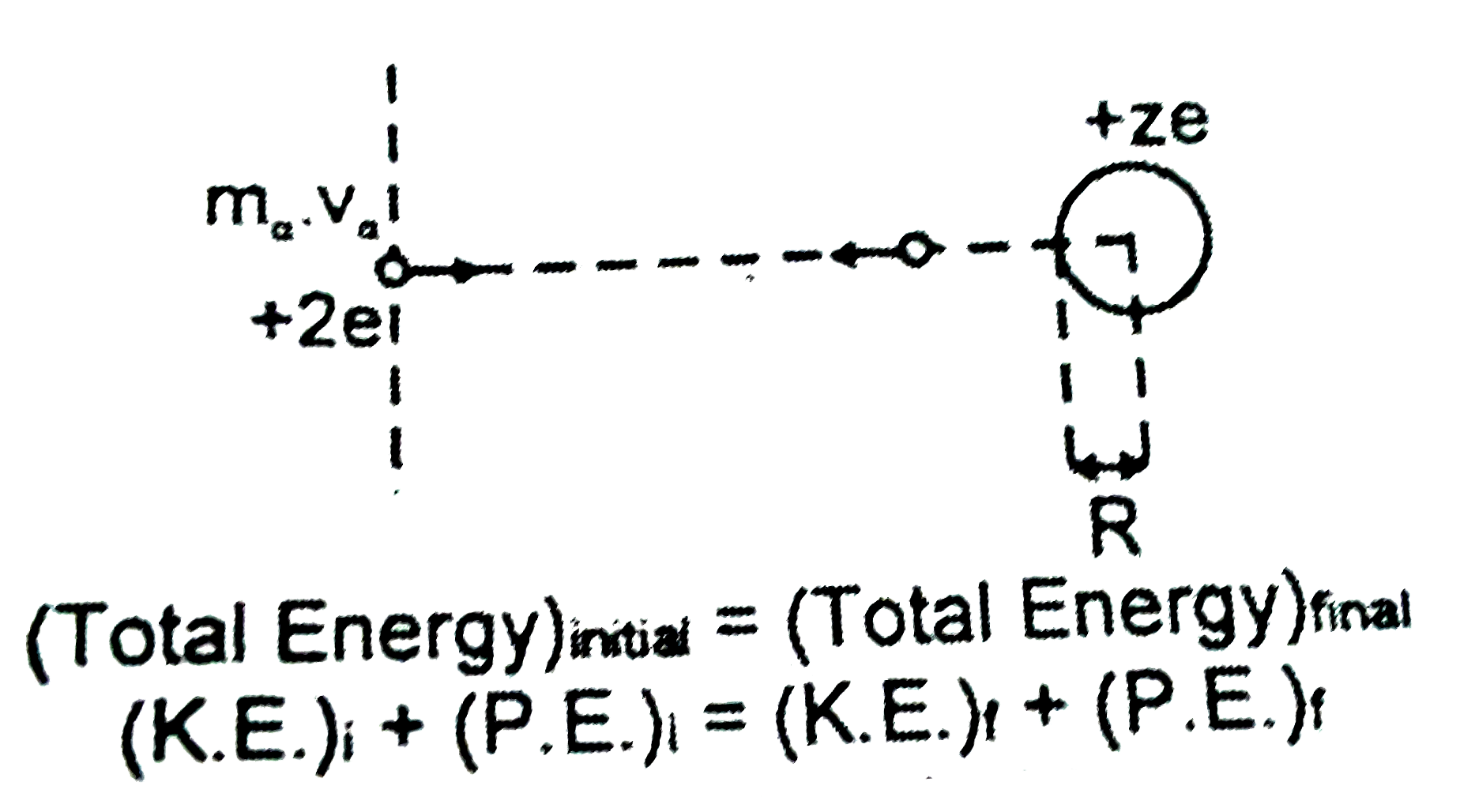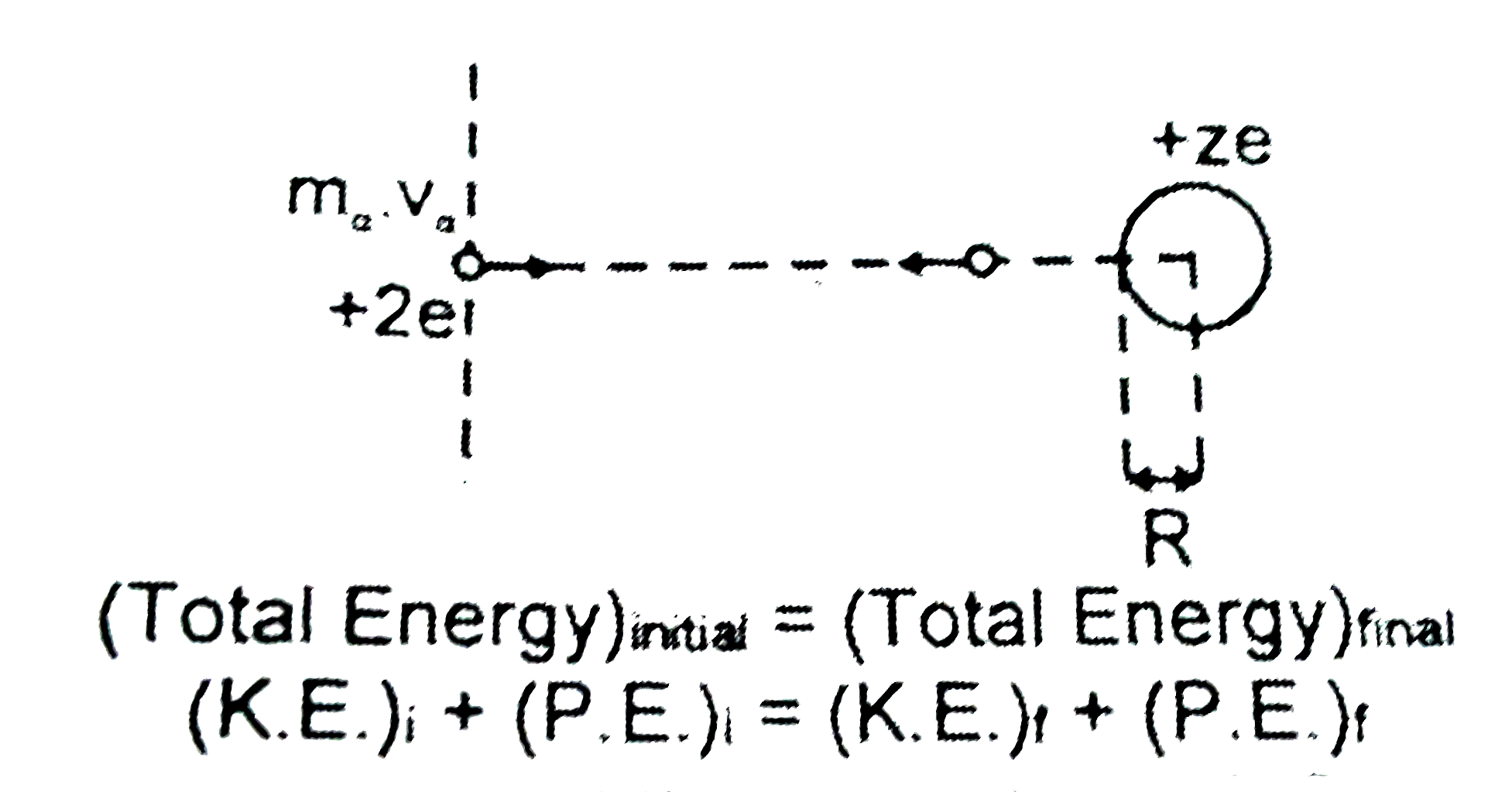In Rutherford's alpha-rays scattering experiment, the alpha particles are detected using a screen coated with
Copper sulphide
Zinc sulphide
Graphite
Gold
The correct Answer is:B
To solve the question regarding the detection of alpha particles in Rutherford's alpha-ray scattering experiment, we will follow these steps:
1. Understanding the Experiment: Rutherford's alpha-ray scattering experiment was designed to probe the structure of the atom by observing how alpha particles interact with a thin foil of gold.
2. Detection Method: In this experiment, alpha particles are emitted and directed towards a target. To detect these particles after they interact with the target, a detection screen is required.
3. Material Used for Detection: The screen used for detecting alpha particles is crucial. It needs to be sensitive enough to register the impact of the alpha particles.
4. Identifying the Coating: The correct material that was used to coat the detection screen in Rutherford's experiment is zinc sulfide (ZnS). When alpha particles strike the zinc sulfide screen, they produce flashes of light (scintillations).
5. Conclusion: Based on the information about the detection method and the materials used, we conclude that the screen is coated with zinc sulfide.
Final Answer:
The alpha particles are detected using a screen coated with zinc sulfide.
---
The alpha particles are detected using a screen coated with zinc sulfide.
Topper's Solved these Questions
- ATOMSBook:AAKASH INSTITUTE ENGLISHChapter:ATOMSExercise:ASSIGNMENT SECTION B Objective (One option is correct )
Explore 12 Videos
- ATOMSBook:AAKASH INSTITUTE ENGLISHChapter:ATOMSExercise:ASSIGNMENT SECTION C Objective (More than one option is correct )
Explore 6 Videos
- ATOMSBook:AAKASH INSTITUTE ENGLISHChapter:ATOMSExercise:Try Yourself
Explore 24 Videos
- ALTERNATING CURRENT Book:AAKASH INSTITUTE ENGLISHChapter:ALTERNATING CURRENT Exercise:Assignment (Section-J) (Aakash Chailengers Questions)
Explore 2 Videos
- COMMUNICATION SYSTEMS Book:AAKASH INSTITUTE ENGLISHChapter:COMMUNICATION SYSTEMS Exercise:ASSIGNMENT SECTION D (Assertion-Reason)
Explore 10 Videos
Similar Questions
Knowledge Check
Assertion : In Rutherford's α-particle scattering experiment, most of the α-particles were deflected by nearly 180∘.
Reason : The positive charge of the atom is spread throughout the atom that repelled and deflected the positively charged α-particles.AIf both assertion and reason are true and reason is the correct explanation of assertion.BIf both assertion and reason are true but reason is not the correct explanation of assertion.CIf assertion is true but reason is false.DIf both assertion and reason are false.
α-Particles can be detected using
View SolutionRutherford's alpha-particle scattering experiment discovered
View SolutionAlpha rays are
View SolutionRutherford model: The approximate size of the nucleus can be calculated by using energy conservation theorem in Rutherford's α-scattering experiment. If an α-particle is projected from infinity with speed v towards the nucleus having Z protons, then the α-particle which is reflected back or which is deflected by 180∘ must have approached closest to the nucleus .It can be approximated that α particle collides with the nucleus and gets back. Now if we apply the energy conservation equation at initial point and collision point then:

(P.E.)i=0, since P.E. of two charge system separated by infinite distance is zero. Finally the particle stops and then starts coming back.
12mαv2α+0=0+Kq1q2R⇒12mαv2α=K2e×ZeR⇒R=4KZe2mαv2α
Thus the radius of nucleus can be calculated using above equation. The nucleus is so small a particle that we can't define a sharp boundary for it
Radius of a particular nucleus is calculated by the projection of α-particle from infinity at a particular speed. Let this radius is the true radius . If the radius calculation for the same nucleus is made by another α-particle with half of the earlier speed, then the percentage error involved in the radius calculation is :
View SolutionRutherford model: The approximate size of the nucleus can be calculated by using energy conservation theorem in Rutherford's α-scattering experiment. If an α-particle is projected from infinity with speed v towards the nucleus having Z protons, then the α-particle which is reflected back or which is deflected by 180∘ must have approached closest to the nucleus .It can be approximated that α particle collides with the nucleus and gets back. Now if we apply the energy conservation equation at initial point and collision point then:

(P.E.)i=0, since P.E. of two charge system separated by infinite distance is zero. Finally the particle stops and then starts coming back.
12mαv2α+0=0+Kq1q2R⇒12mαv2α=K2e×ZeR⇒R=4KZe2mαv2α
Thus the radius of nucleus can be calculated using above equation. The nucleus is so small a particle that we can't define a sharp boundary for it
An α-particle with initial speed v0 is projected from infinity and it approaches up to r0 distance from a nuclie. Then, the initial speed of α-particle, which approaches upto 2r0 distance from the nucleus is :
View SolutionRutherford's α− scattering experiment was successful in discovering
View SolutionRutherford's α particle scattering experiment eventually led to the conclusion that
View Solution